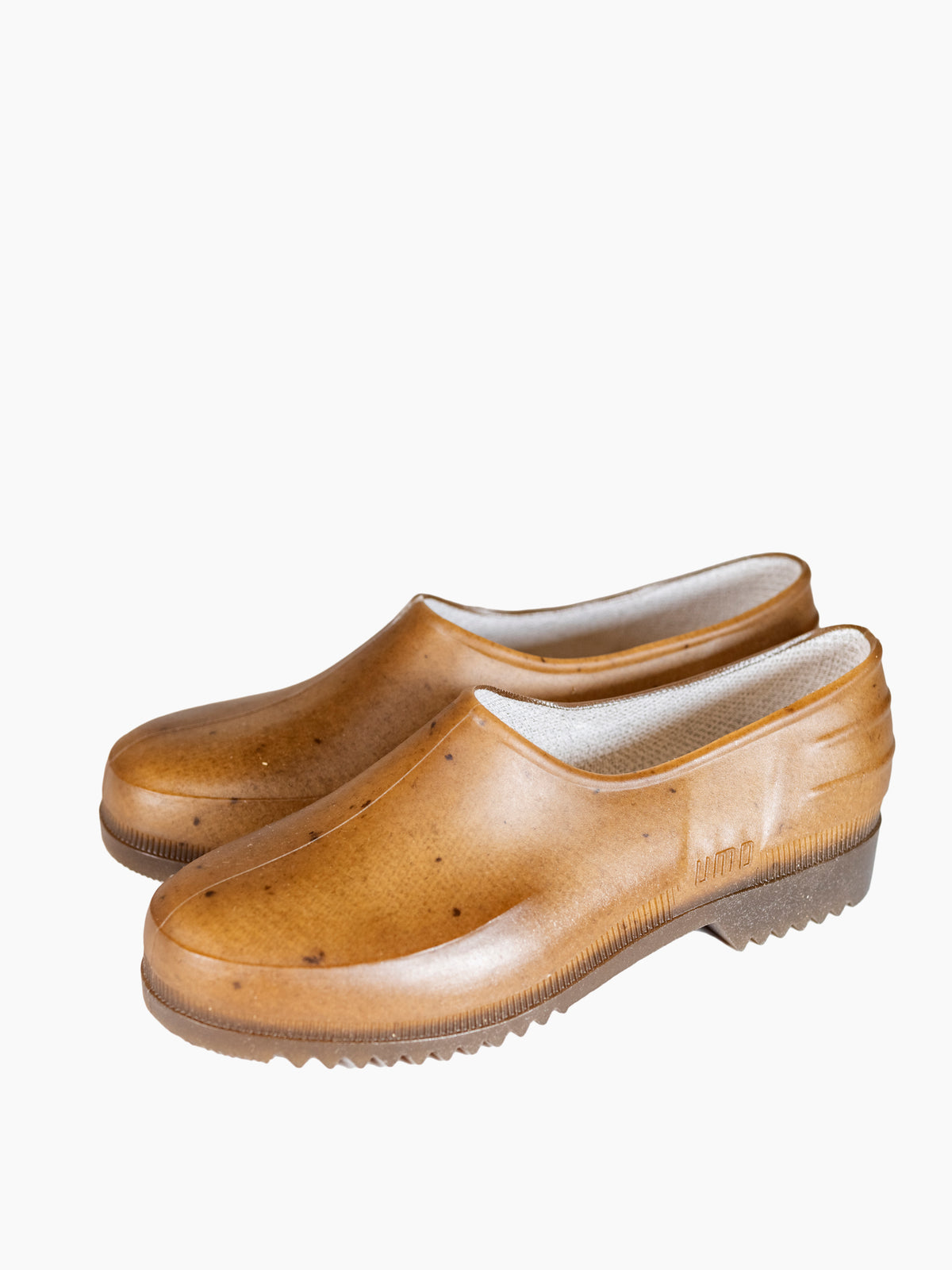The Post Supply got to chat with one of the founders of PlantPaper - our favorite utility upgrade for the bathroom.
We discuss the Tree-Free, Non-Toxic, Sustainable solution to TP and functional public and private design! Read more below!

We are obsessed with PlantPaper. Why is it an important to make this swap in each and every household?
When we wipe with conventional TP, we’re doing nothing less than flushing our planet’s future down the toilet! That’s because conventional toilet paper is made with pulp from the Canadian boreal forest, one of the most important carbon sinks on the planet, and home to more than 600 indigenous communities and countless wildlife species. The boreal is sometimes called the lungs of our planet, because how critical they are to storing carbon and producing oxygen. It’s hard to think of a more egregiously wasteful use of such a precious, irreplaceable resource than turning old-growth forests into a product with a usable lifespan of just a few seconds. What’s more, most conventional toilet paper is produced using bleach, formaldehyde and other toxic chemicals that contaminate our waterways (through industrial runoff) and irritate our bodies (via intimate contact with the paper). Unfortunately, the paper industry has shown no appetite for improving its practices, despite pressure from environmental groups and even from their shareholders. Fortunately, there’s an easy solution: stop buying tree paper! PlantPaper is made entirely from bamboo, one of the fastest growing plants on the planet.

How did you find yourself wanting to start a paper goods businesses? What path lead you here?
Since my early teens, I always dreamed of doing something good for our planet. Growing up in Ontario and spending summers at the edge of the boreal forest, I always felt deeply connected to nature and fiercely protective of it as well. I went on to study environmental policy at university, but ultimately decided that political avenues for change moved too slowly! I switched gears and got a master’s in Sustainability Management, the art of turning business into a force for environmental and social good. After working as a sustainability consultant for a few years, I became involved in several businesses in the food and beverage world, with a focus on sustainable sourcing. Things came full circle in 2016 when we decided to launch PlantPaper, after discovering just how wasteful conventional toilet paper is.

Something that stands out to us about PlantPaper - is its color and texture. Can you discuss how you landed on design? Can you underscore the importance of human centered design and why this is valuable is the design world?
In terms of design, the number one priority for us was the way the paper performed. Our goal was to create a product that felt like a trade-up, not a trade-off. There were a number of reasonably eco-friendly alternatives to Charmin and Angel Soft already on the market, but none that we ourselves were excited to use. Lots of our friends felt the same way—people who were very conscious about the choices they made in their homes, but when it came to toilet paper, they were still using the old tree paper standards, or grudgingly using Seventh Gen. We knew the only way to really change habits was to offer people an alternative that didn’t feel like an alternative per se but instead like a new standard. Getting there took a lot of work, a tremendous number of iterations with different manufacturers, adjusting paper density, the depth of the emboss, the distance between the plies, sheet size, etc. I think that’s a part of what separates us from some of the companies working in this space—an obsessive dedication to getting the product right.
One big consideration in the product was the choice to go unbleached. This was a purely functional choice but it’s one that has become a calling card of the brand. We knew we wanted to keep ingredients to an absolute minimum, and remove all extraneous chemicals from the production process. At the outset, we got plenty of pushback that people weren’t going to go for anything but white toilet paper. Now, years later, we hear almost daily from new customers that they can’t ever imagine using white toilet paper again…some even take PlantPaper with them when they travel :)
The second big design priority was to build a brand and a world that we felt could fit seamlessly into people’s lives and homes. This was embodied first and foremost in the packaging. Toilet paper is something all of us use and interact with everyday, yet the brands often feel totally out of step with our values. For a product so intimate, and at the same time so public—there for anyone who enters our home to see and use—we felt there was an untapped opportunity to make something both discreet and bold, intelligent and thoughtful but also quiet enough to just become part of the fabric of the home. Our goal has always been to use design as a tool—namely as a way to attract people to making choices that benefit their bodies and the planet. The cleanest, most ecologically responsible product in the world isn’t a great product if people aren’t excited about using it. Imparting joy, reminding people of the ways that their little choices really do matter…that’s a key element of who are and strive to be.
One big consideration in the product was the choice to go unbleached. This was a purely functional choice but it’s one that has become a calling card of the brand. We knew we wanted to keep ingredients to an absolute minimum, and remove all extraneous chemicals from the production process. At the outset, we got plenty of pushback that people weren’t going to go for anything but white toilet paper. Now, years later, we hear almost daily from new customers that they can’t ever imagine using white toilet paper again…some even take PlantPaper with them when they travel :)
The second big design priority was to build a brand and a world that we felt could fit seamlessly into people’s lives and homes. This was embodied first and foremost in the packaging. Toilet paper is something all of us use and interact with everyday, yet the brands often feel totally out of step with our values. For a product so intimate, and at the same time so public—there for anyone who enters our home to see and use—we felt there was an untapped opportunity to make something both discreet and bold, intelligent and thoughtful but also quiet enough to just become part of the fabric of the home. Our goal has always been to use design as a tool—namely as a way to attract people to making choices that benefit their bodies and the planet. The cleanest, most ecologically responsible product in the world isn’t a great product if people aren’t excited about using it. Imparting joy, reminding people of the ways that their little choices really do matter…that’s a key element of who are and strive to be.





